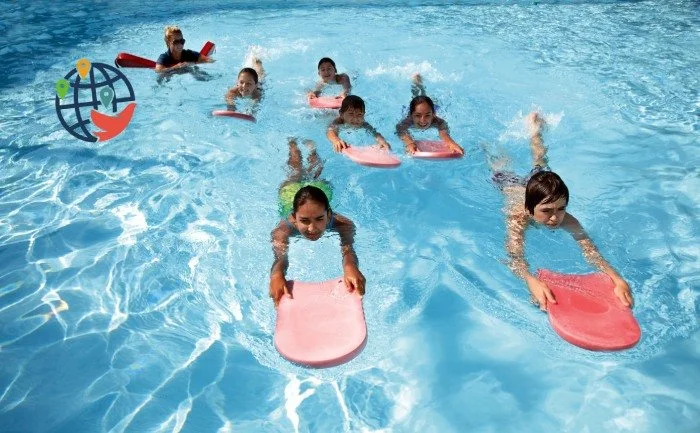Children in Canada are taught to swim in order to survive

Canadian schools have a program to teach not only how to swim, but also how to behave in the water under extreme conditions.
Swim to Survive is the name of the program, and it has a number of differences from swimming lessons. Children in grades 1-6 are taught the skills they need in the water if they unexpectedly fall into deep water. It is a form of safety for Canadian students.
Unfortunately, the statistics of child deaths in the water are disappointing in any country. In most cases, drowning occurs close to the shore, and most of the victims were not going to dive into the water. No one is safe from an accidental fall. Therefore, the "Swim to Survive" program should be one of the basic programs in the school curriculum.
The program is based on children's mastery of 3 main skills:
- to navigate the water after an unexpected fall;
- to stay on the surface for 1 minute and not go underwater;
- to cover a distance of 50 meters.
Dr Steven Bierman, president of the International Lifesaving Federation (ILS), urges community groups to teach all children water skills for survival.
Studies show that the program helps reduce the likelihood of drowning, mortality and morbidity by 50%. Any school, camp and even community organization can incorporate the program into their mandatory schedule. Classes are held on the waterfront or in a pool by a certified instructor.
Unfortunately, a lot of Canadian children do not even attend traditional swimming lessons. And these are skills that every child should have.
If the program at the school works, the administration organizes transportation for the children to the school, and the creators of this Lifesaving Society method provide materials for instructors, teachers, and parents.

















